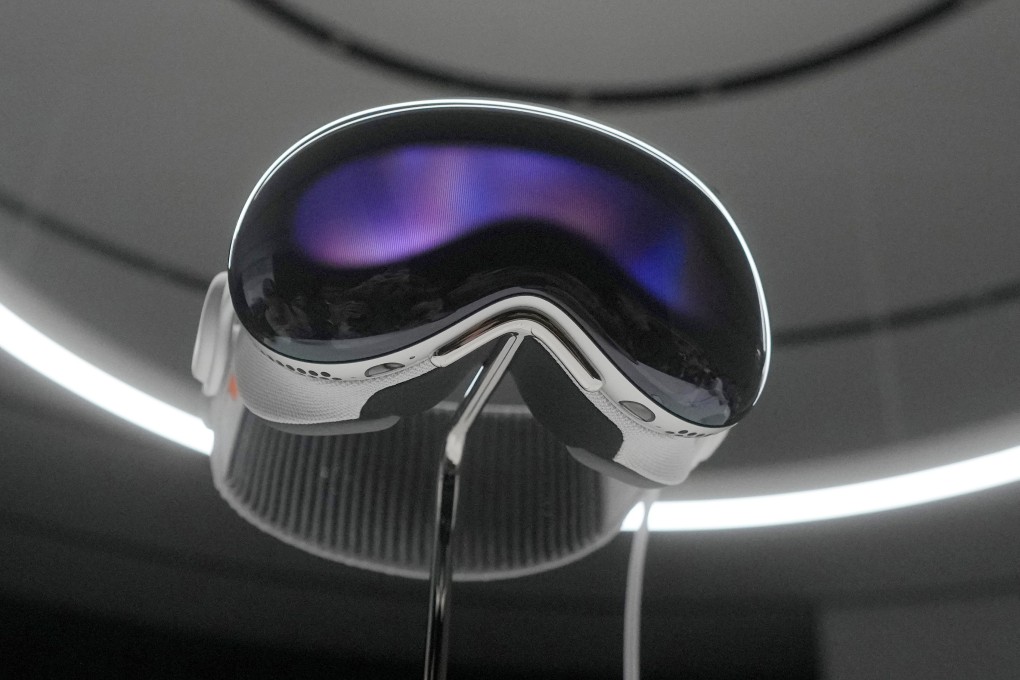Chinese consumers offered double-priced Apple Vision Pro mixed reality headsets in grey market ahead of official launch
- Dozens of merchants are offering to ship supplies of the gadget from the US to China after the official February 2 release, at double the official price
- Although the past year saw a decline in AR/VR headset shipments, IDC forecasts growth of nearly 47 per cent this year thanks to new launches such as Vision Pro

A grey market for Apple’s Vision Pro mixed reality headset is emerging in China, with resellers doubling the official price to lure enthusiasts ahead of its official release next month.
Dozens of merchants are offering to ship supplies of the gadget from the US to China after the official February 2 launch date, provided buyers are willing to pay doubled the official price, according to a search on Xianyu app, a popular online flea market owned by Alibaba Group Holding, owner of the Post.
The headset, initially only available in the US, is available for pre-order at US$3,499, US$3,699 and US$3,899, for the 256 gigabyte, 512 GB and 1 terabyte versions, respectively. After the US release, Apple plans to introduce the product to China, the United Kingdom and Canada, according to Bloomberg News.
The resellers, known as Daigou in Chinese, will travel overseas to bring back hard-to-get luxury goods at a marked up price, including a hefty up-front deposit. The market for Daigou products, mainly luxury items imported for customers in China, grew nearly 19 per cent 685 billion yuan in 2019, before the Covid-19 pandemic stifled international travel, according to market researcher iiMedia.
But cross-border sales resumed after China lifted strict border controls early last year, and Daigou were able to travel again. Border control authorities last year processed 210 million entries into China, including returning Chinese nationals, according to the National Immigration Administration. But the figure was 37 per cent lower than that in 2019.
